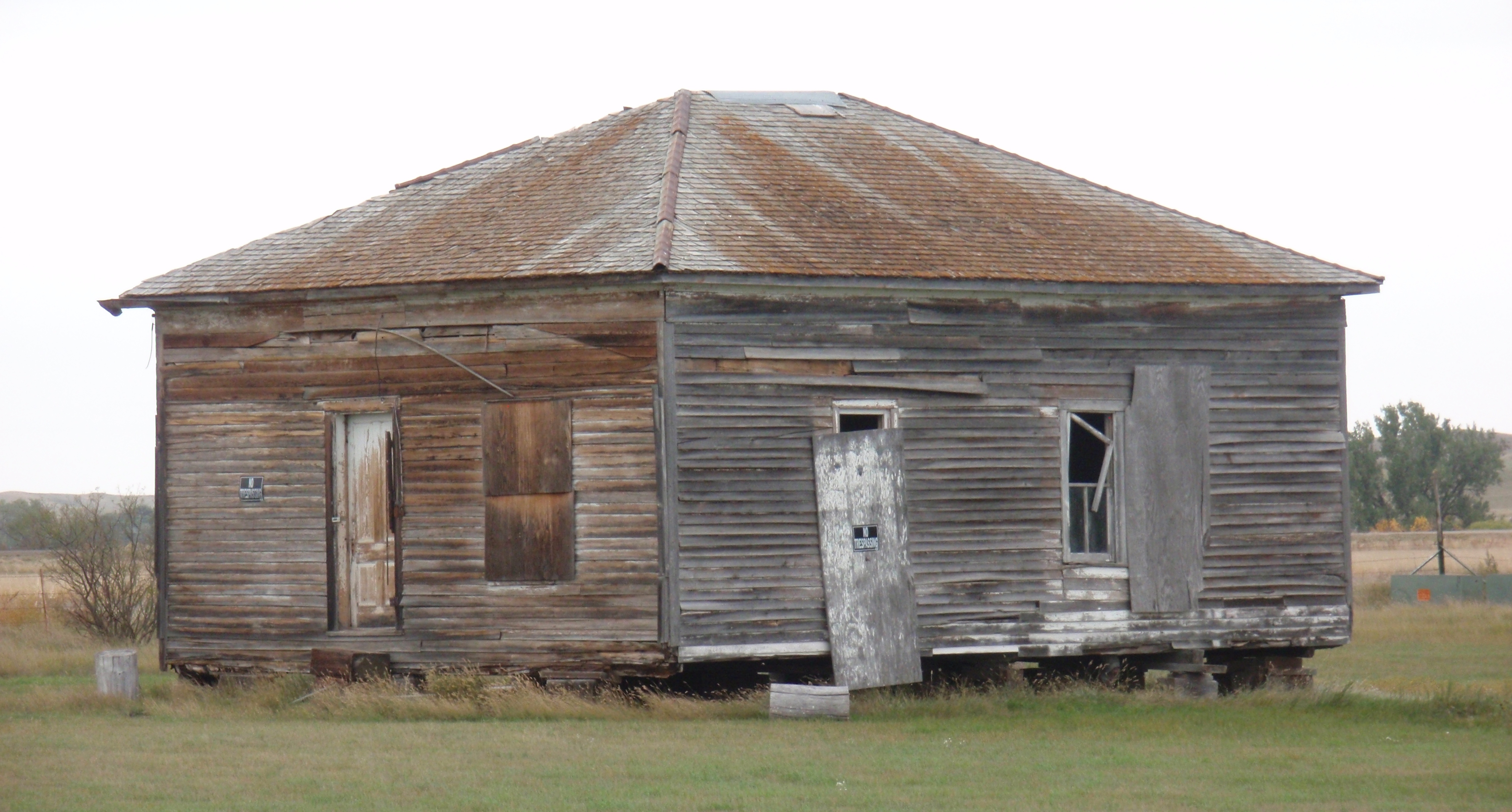
One of many indicators of the radical improvement in the quality of life over the last 100 years is the dramatic drop in infant mortality.
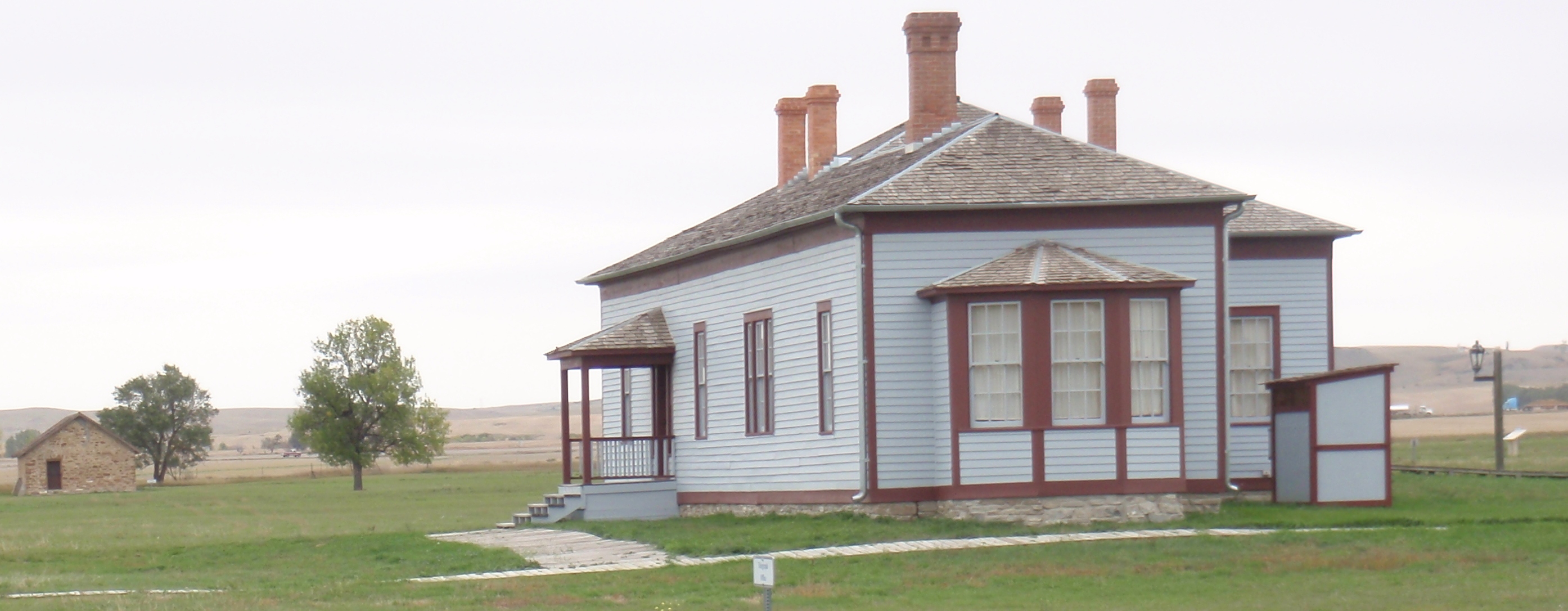
During our September vacation in North Dakota, we were able to visit Fort Union Trading Post and Fort Buford State Historical Site. Both locations were a delight to tour.

Infant mortality
In the cemetery at Fort Buford we see an indicator of the high level of infant mortality in play a long time ago.
In the far northwest corner of the cemetery are several headstones. They are dated after the turn of the century, which is later than the others. Most of them are dated in the 1870s with a range from the 1860s through early 1890s.
Let’s look at the Hammer family.
Thomas A Hammer died on 12/12/1908 at age 28. That means he was born in 1880.
Thomas P Hammer was born 2/14/1906 and died on 5/14/11. He was age 5.
Here are their headstones:
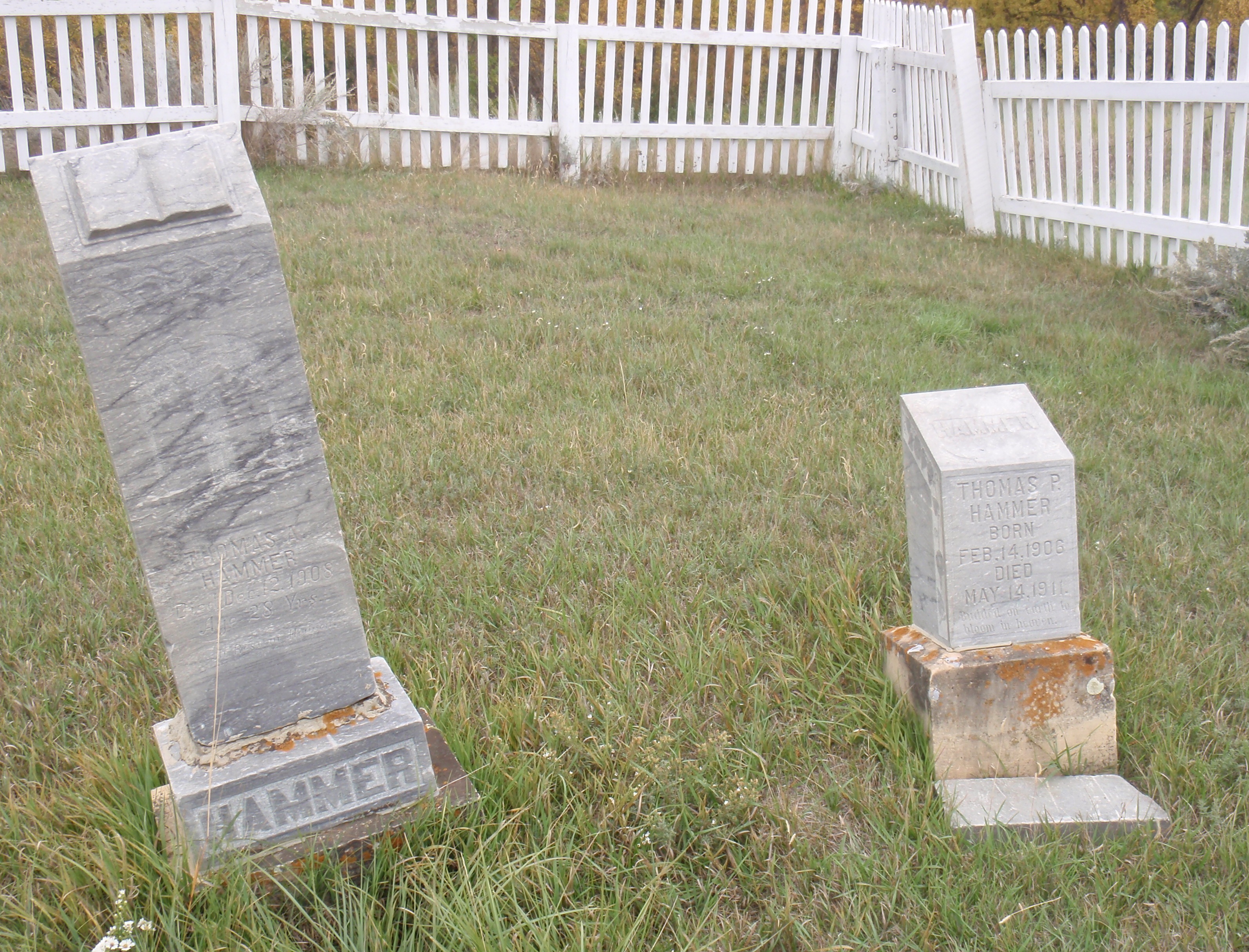
William H. Hammer was born 8/17/09 and died 2/22/09, age 6 months. I’ll guess he was conceived in about November 1908, about a month before his daddy passed away.
Another boy died in 1920, who wasn’t named. Headstone gives no hint of the family relationship.
What is visible about them:

There were several other burials of babies who didn’t live long enough to be given a name. I’ve read that was a practice long ago. So many babies died in the first few months after they were born that families didn’t give a name until they were reasonably sure the infant would survive. Thus one baby who died at six months has a name but another baby does not.
Markers from the 1890s for two unnamed babies:
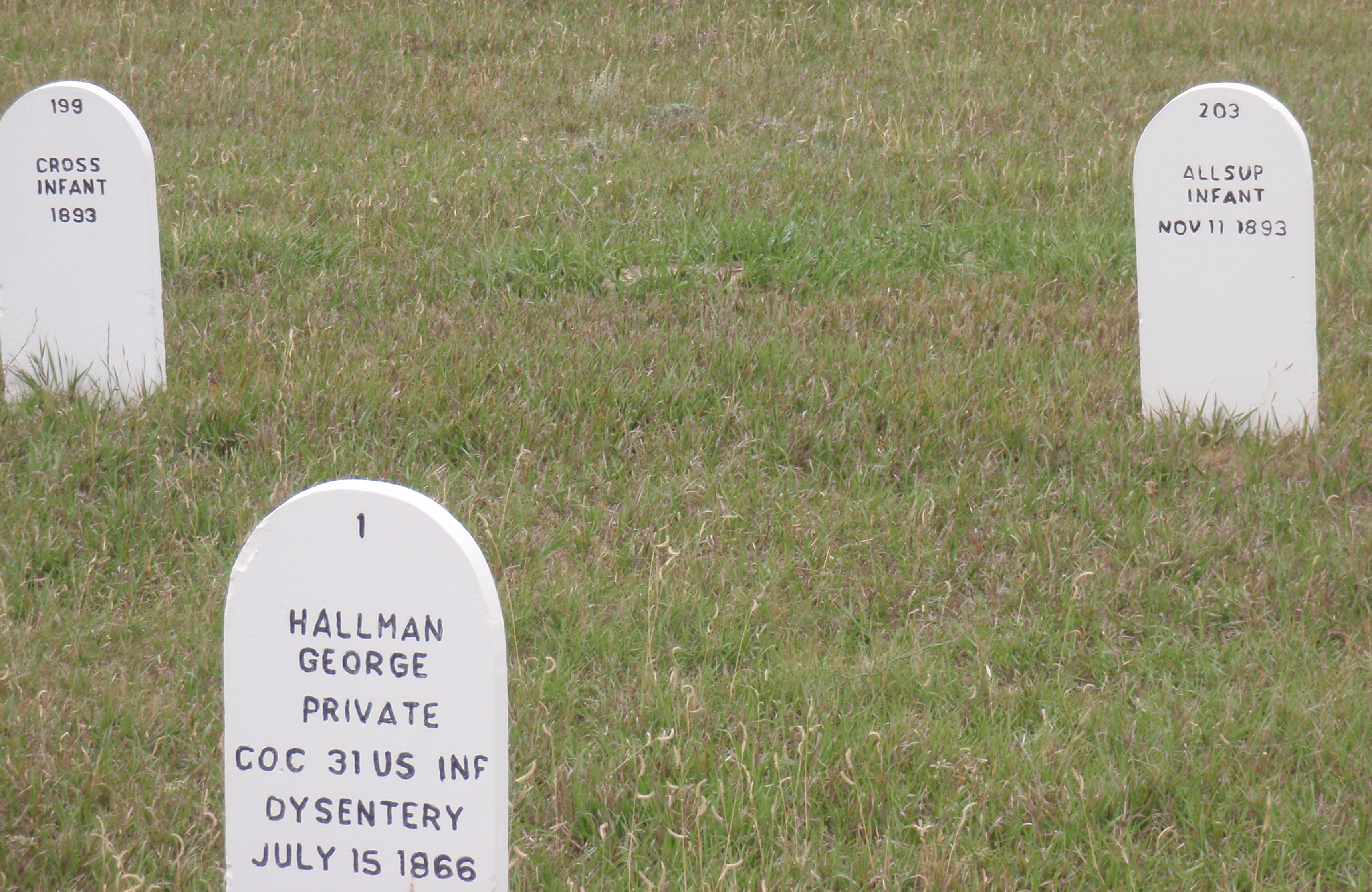
So, it looks like momma Hammer buried one son in 1906 at age of 5 years, another son in 1909 at age 6 months, and her husband in 1908.
Another child, (hers? possibly a nephew?) died in 1920. He didn’t live long enough to get a first name.
More photos from Fort Buford
Before ending this post, a few more views:
The powder magazine, where ammunition and gunpowder would have been stored.

Check out the thickness of the wall and the sturdiness of the door.
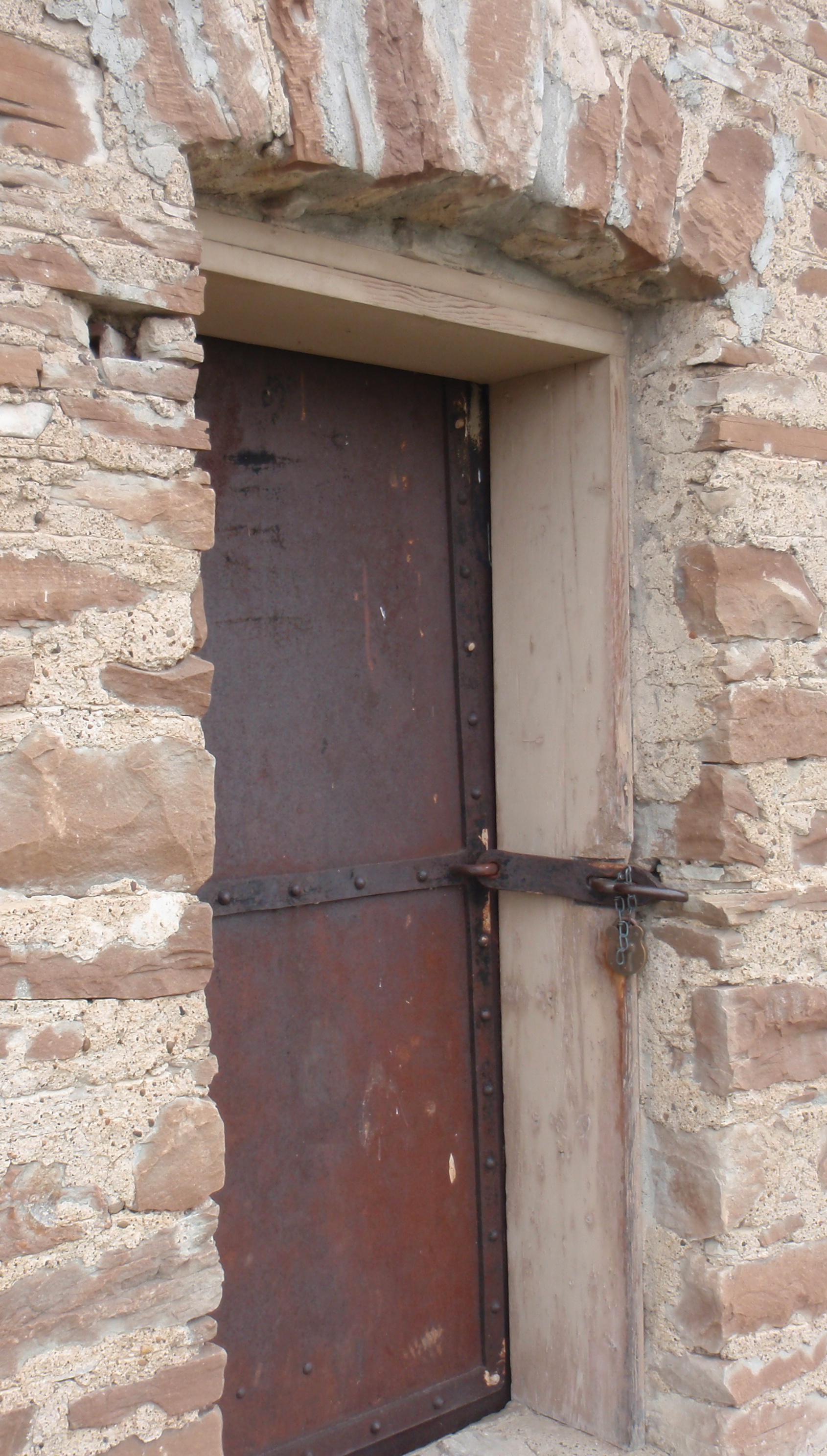
One deteriorating building on site, near the reconstructed powder magazine:
